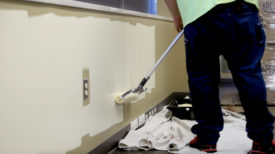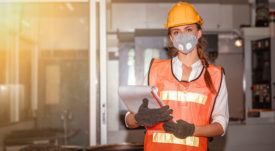Sustainability in Health and Safety
Editorial
OSHA seeks public input to gather diverse perspectives and expertise
November 1, 2021
Become a Leader in Safety Culture
Build your knowledge with ISHN, covering key safety, health and industrial hygiene news, products, and trends.
JOIN TODAYCopyright ©2025. All Rights Reserved BNP Media.
Design, CMS, Hosting & Web Development :: ePublishing











